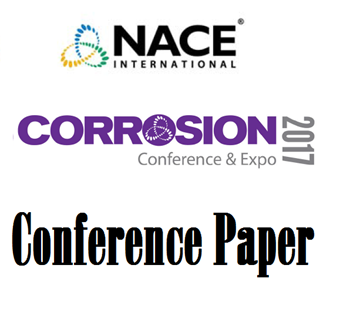Search
97527 AIRCRAFT CORROSION SURVEILLANCE IN THE MILITARY
Also Purchased
98597 AIRCRAFT CORROSION IN THE MILITARY - MAINTENANCE AND REPAIR ISSUES
Product Number:
51300-98597-SG
ISBN:
98597 1998 CP
$20.00
Infrastructure Corrosion Issues and Solutions on Military Bases
Product Number:
51317--9212-SG
ISBN:
9212 2017 CP
Publication Date:
2017
$20.00
Recently viewed




